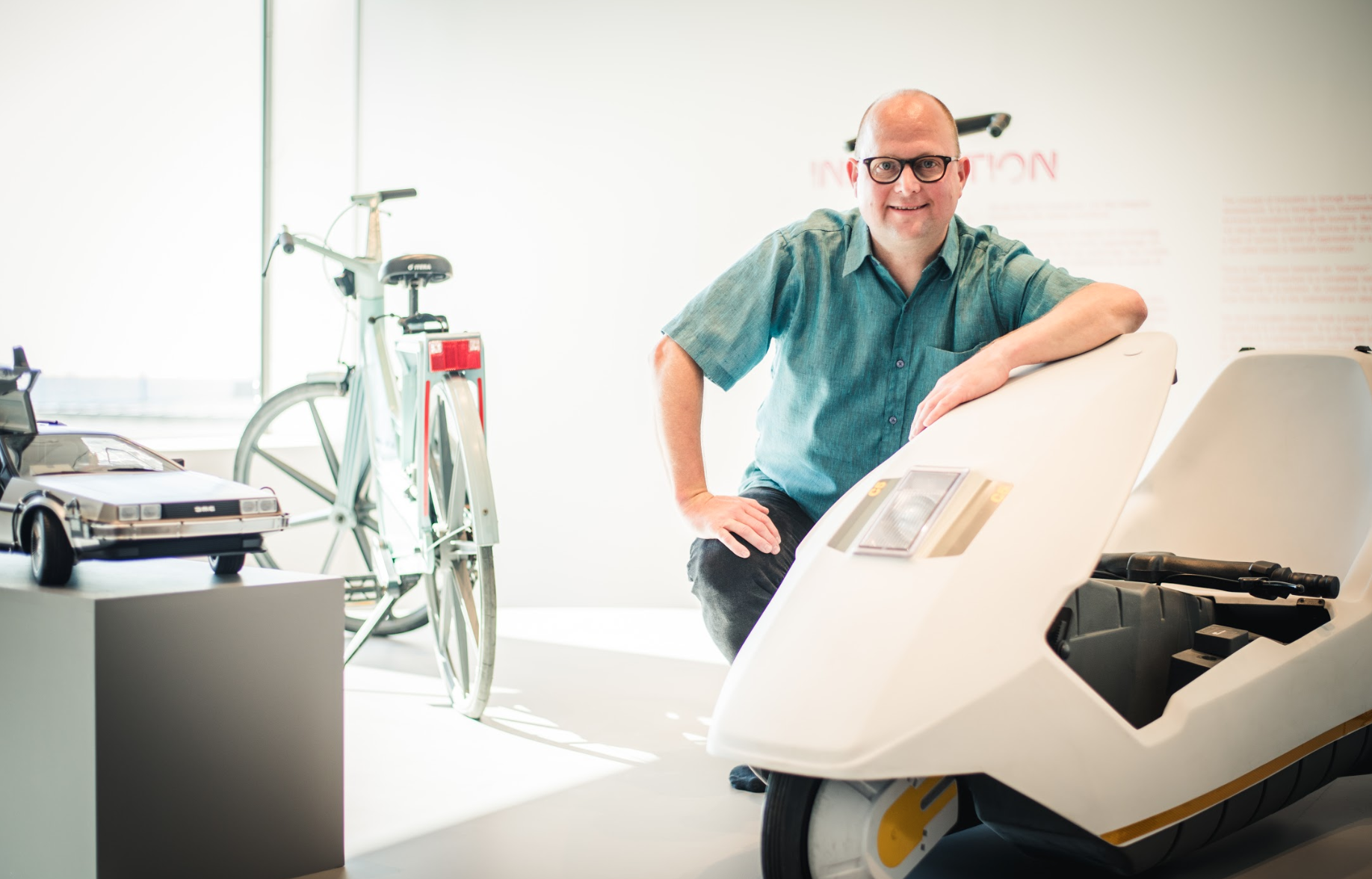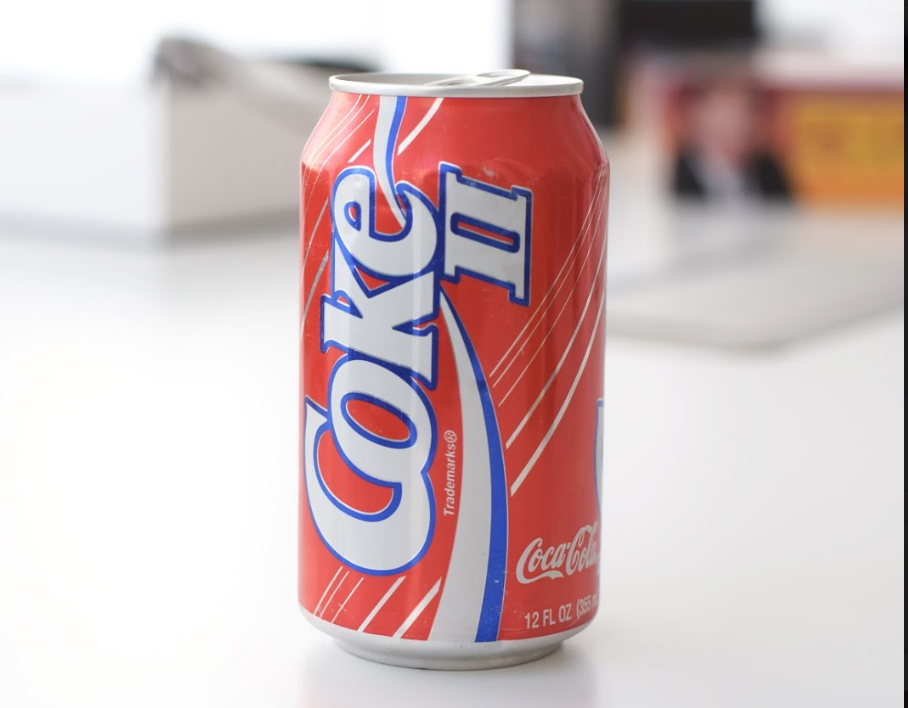Samuel West spent years as an organisational psychologist trying to help companies create a culture of innovation and experimentation. It was frustrating work and rarely produced lasting change.
The problem, he says, is that people are happy to think about routes to success but never reasons for failure.
“All these people I worked with never had any lack of method. There were always lots of theories and plans for how to do this. But the root cause of why it didn’t work was that people were afraid of failure,” says West.

West wanted to find a way to get people to talk more openly about failure and came up with the idea of the Museum of Failure, a place where failed corporate innovations — from Apple’s Pippin games console to a doughnut-shaped Finnish water bottle — are on display, to be reflected on and discussed.
“To learn from failure we need to talk about it. The museum is a good way of creating that discussion,” West says.
West, who launched the museum in 2017, spent a year hunting down the initial objects through Craigslist, eBay and obscure internet discussion forums. “I nearly killed myself with work that year,” he says. Initially, no corporations wanted to help West source the items, but now that the show has gained some fame he gets donations sent in.
The 140-object exhibit tours around the world, usually spending three months at a time in a particular city. (The next exhibition will be at at Cité du Design in Saint-Étienne, France from the end of April).West also travels around innovation conferences with a smaller, pop-up display.
This is what West has learned about failure as he has built and toured the collection:



